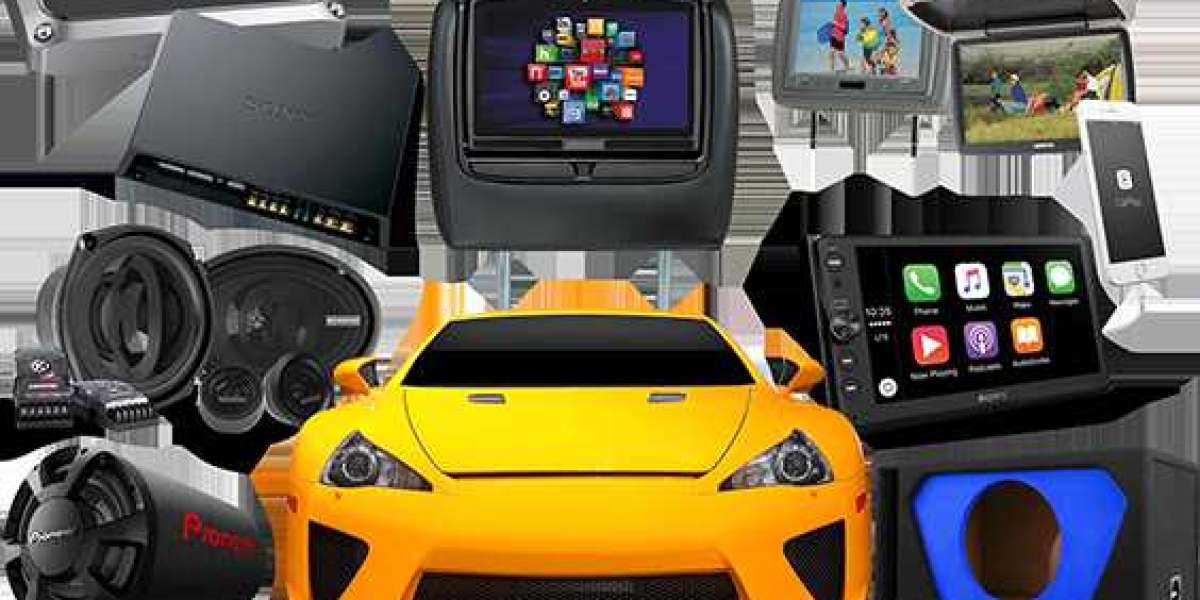One of the most exciting shifts in this space is how car audio systems are being designed to sync effortlessly with smart technology, delivering not just volume, but clarity, personalization, and adaptability on the road.
From Traditional Audio to Connected Systems
In the past, upgrading your car audio meant adding new speakers, an amplifier, and maybe a subwoofer. While those elements remain crucial, today’s upgrades also include digital processors, app-based equalizers, and systems that connect to smartphones wirelessly. This shift allows drivers to fine-tune their sound in real-time, ensuring every playlist sounds the way it should.
Smart Tech Meets Premium Sound
Modern vehicles now feature infotainment systems with touchscreen interfaces, Bluetooth streaming, Apple CarPlay, and Android Auto. These platforms give drivers more control over how music is played and experienced. Advanced software can adjust sound profiles automatically depending on road noise, cabin acoustics, or even passenger preferences.
For enthusiasts, premium hardware remains just as important. High-quality speakers—like the Pride Speakers 300—are designed to keep up with these innovations, providing the raw clarity and power that software alone can’t deliver.
Voice Assistants and AI Audio Control
Voice commands through Alexa, Google Assistant, or built-in AI help drivers control music without distraction. Imagine adjusting your equalizer by simply asking, or telling your car to boost the bass for a specific track. This blend of AI and audio hardware creates a safer, smarter, and more enjoyable listening experience.
Customization Through Apps
Car audio apps now allow users to store custom sound profiles for different driving moods—whether you want crisp highs for podcasts, balanced mids for acoustic tracks, or booming bass for EDM. These adjustments, paired with powerful competition-grade speakers, give listeners control like never before.
The Road Ahead for Car Audio Tech
As cars become more autonomous and electric, the role of in-car entertainment will grow even bigger. We’ll see systems with built-in streaming services, immersive 3D audio, and AI that learns your preferences over time. Hardware like the Pride Speakers 300 ensures that no matter how advanced the digital side gets, the physical sound delivery remains sharp and dynamic.
Final Thoughts
The future of car audio is all about integration—blending smart technology with powerful equipment to create an experience that feels personal, responsive, and immersive. While software-driven innovation continues to change how we interact with our music, choosing the right speakers and hardware ensures that the sound quality matches the sophistication of the tech driving it.
In today’s smart cars, a smarter sound system isn’t just an upgrade—it’s a necessity.



